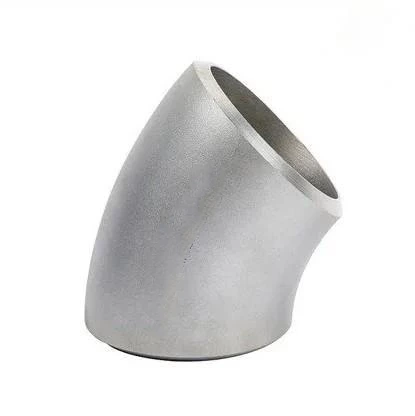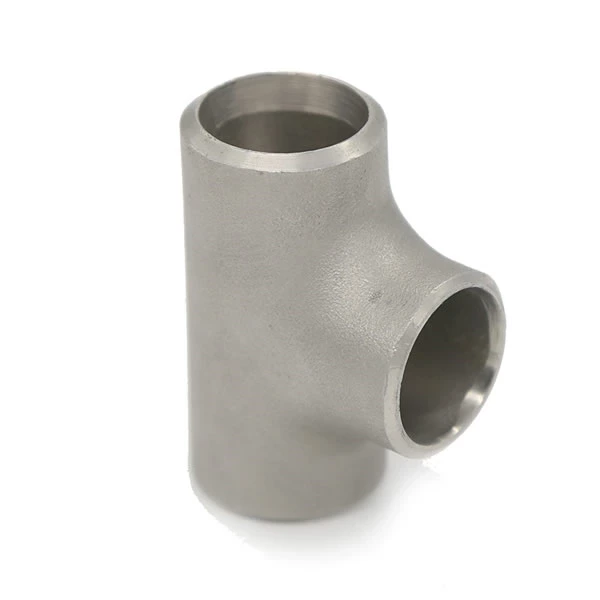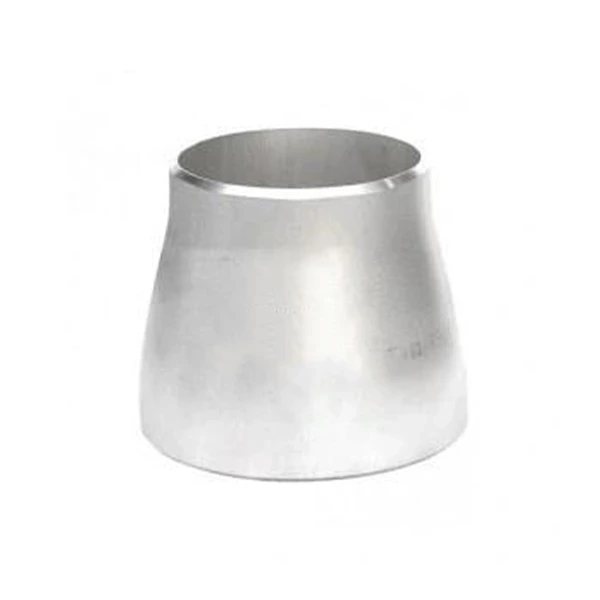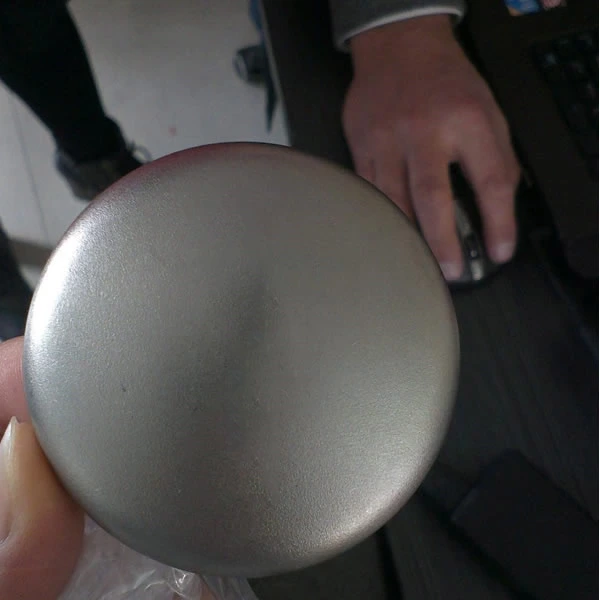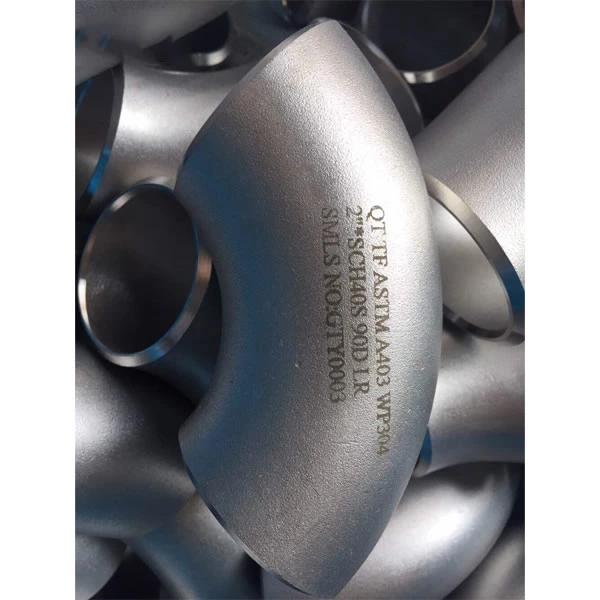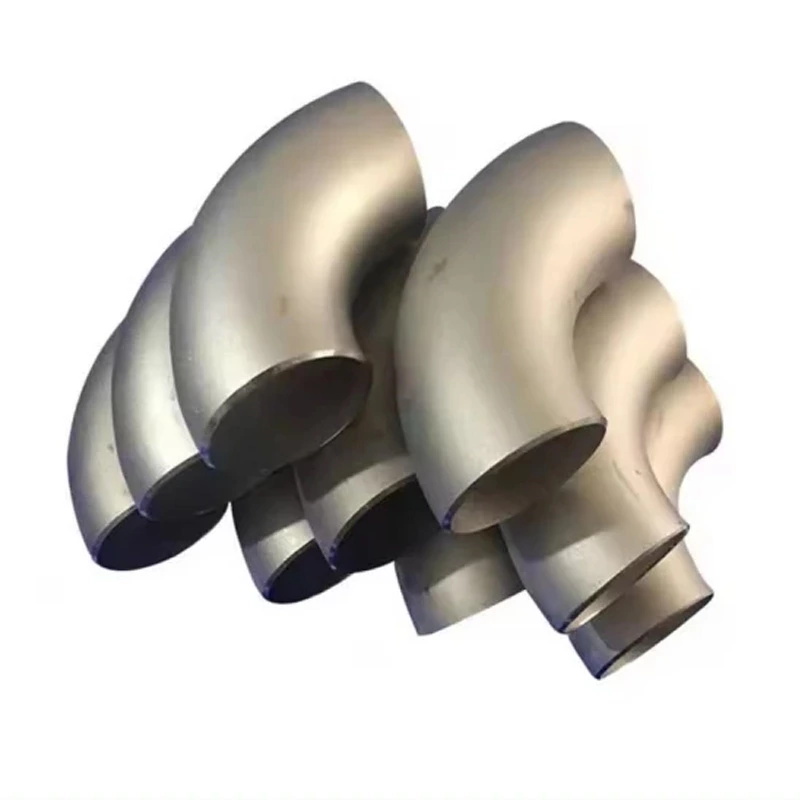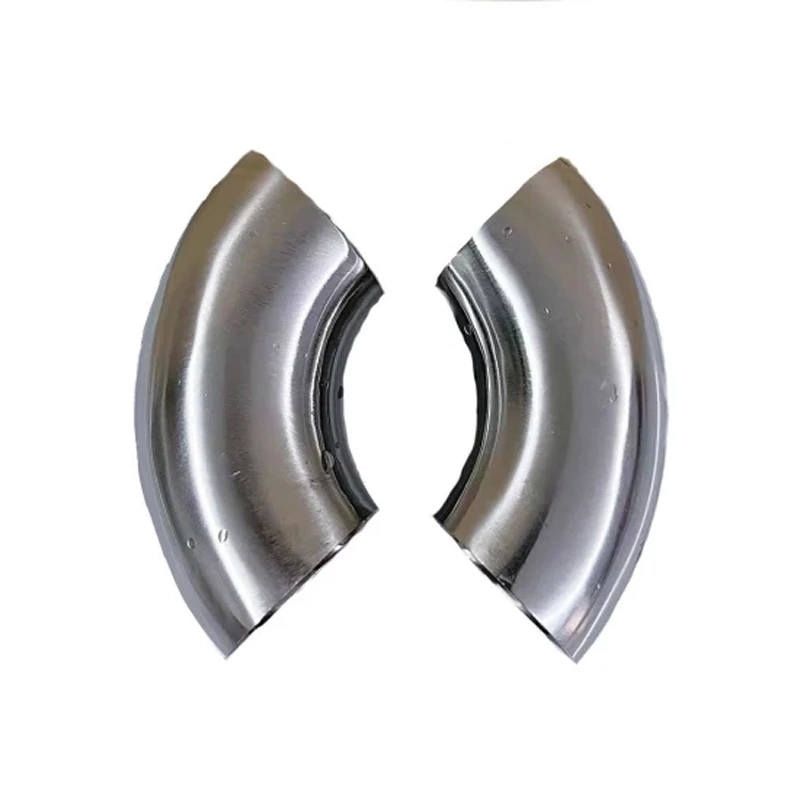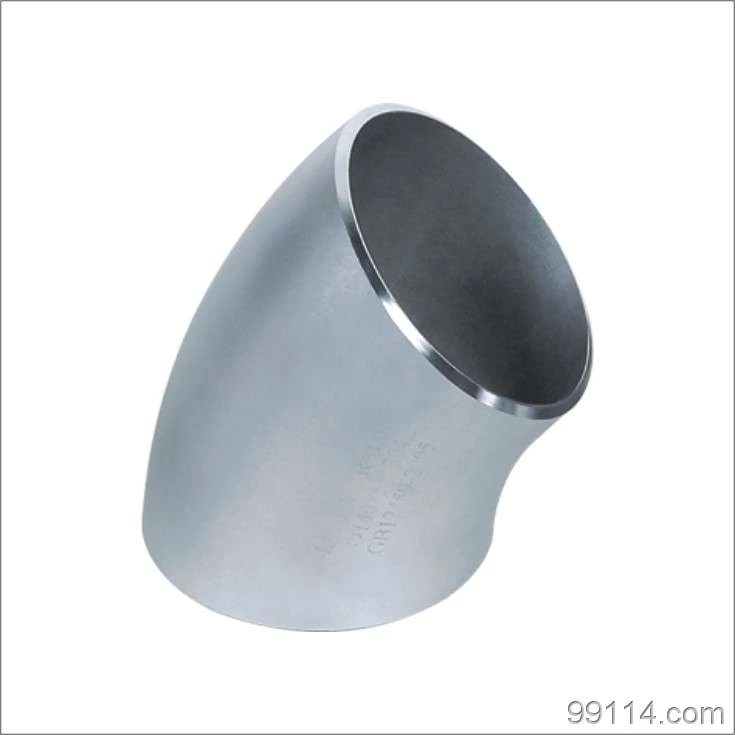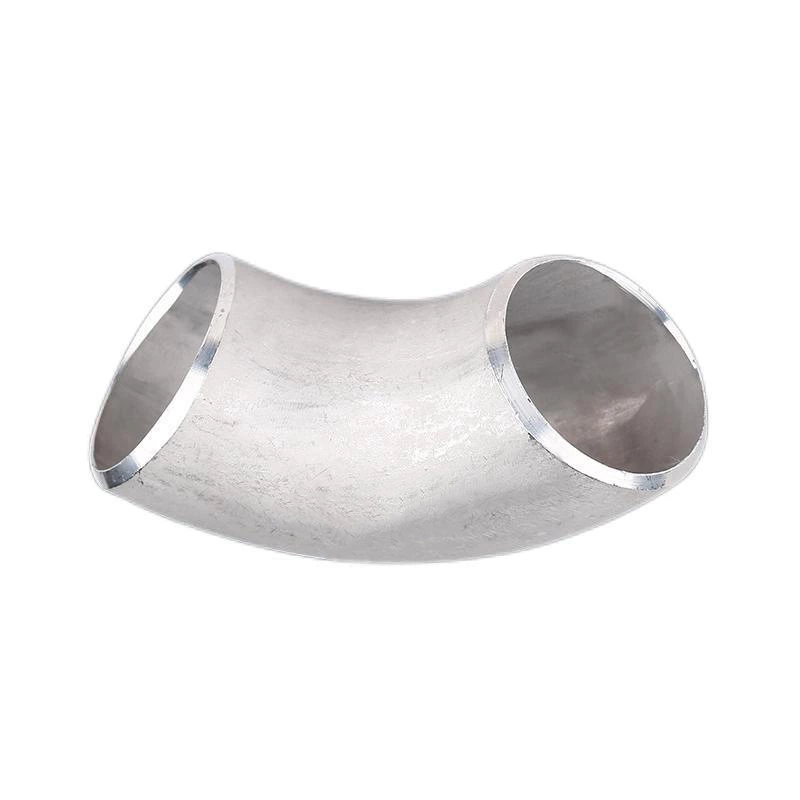What Are The Main Forms Of Corrosion Of Stainless Steel Elbows
Stainless Steel Weld Elbow is a half-ring elbow made of the same material as the pipe by stamping die, and then the two half-ring elbows are welded together.
1. Metal corrosion: According to the mechanism, it can be divided into three types: special corrosion, chemical corrosion and electrochemical corrosion. Most of the metal corrosion in real life and engineering practice belongs to electrochemical corrosion. Stress corrosion cracking (SCC): It is a general term for the mutual failure of stress-bearing alloys in corrosive environments due to the expansion of cracks. Stress corrosion cracking has a brittle fracture morphology, but it can also occur in materials with high toughness. The condition for stress corrosion cracking to occur is the presence of tensile stress (whether residual stress or external stress, or both) and corrosive media. The formation and expansion of the cracks are roughly perpendicular to the direction of tensile stress. The stress value that causes stress corrosion cracking is much smaller than the stress value required for the material to break when there is no corrosive medium. Microscopically, cracks that pass through grains are called transgranular cracks, while cracks that extend along grain boundaries are called intergranular cracks. When stress corrosion cracking extends to a deep layer (here, the stress on the cross section of the material bearing the load reaches its fracture stress in the air), the material breaks according to normal cracks (in ductile materials, usually through the aggregation of microscopic defects). Therefore, the cross section of a part that fails due to stress corrosion cracking will contain characteristic areas of stress corrosion cracking and "tough dimple" areas associated with the aggregation of microscopic defects. Pitting corrosion: Pitting corrosion refers to highly localized corrosion that occurs in a dispersed manner on the surface of a metal material without corrosion or slight corrosion. The size of common corrosion spots is less than 1.00 mm, often larger than the surface aperture. In mild cases, there are shallow pits, and in severe cases, perforations are even formed.
2. Intergranular corrosion: Grain boundaries are disordered and misaligned boundaries between grains with different crystallographic orientations. Therefore, they are favorable areas for the segregation of various solute elements in steel or the precipitation of metal compounds. Therefore, it is not surprising that in some corrosive media, the grain boundaries may be corroded first. This type of corrosion is called intergranular corrosion, and most metals and alloys may exhibit intergranular corrosion in corrosive media. Intergranular corrosion is a selective corrosion damage. It differs from general selective corrosion in that the locality of corrosion is microscopic, but not localized macroscopically.
3. Crevice corrosion: refers to the occurrence of spot-like or ulcer-shaped macroscopic pits in the crevices of metal components. It is a form of local corrosion, which may occur in the crevices where the solution is stagnant or in the shielded surface. Such crevices can be formed at the joints of metal and metal or metal and non-metal, for example, at the joints with rivets, bolts, gaskets, valve seats, elbows, flange fittings, loose surface deposits, and marine organisms. Total corrosion: is a term used to describe the corrosion phenomenon that occurs in a relatively uniform manner on the entire alloy surface. When total corrosion occurs, the material gradually becomes thinner due to corrosion, and even the material fails due to corrosion. Stainless steel may exhibit total corrosion in strong acids and alkalis. Failures due to total corrosion are less of a concern because such corrosion can usually be predicted by simple immersion tests or by consulting the corrosion literature.
